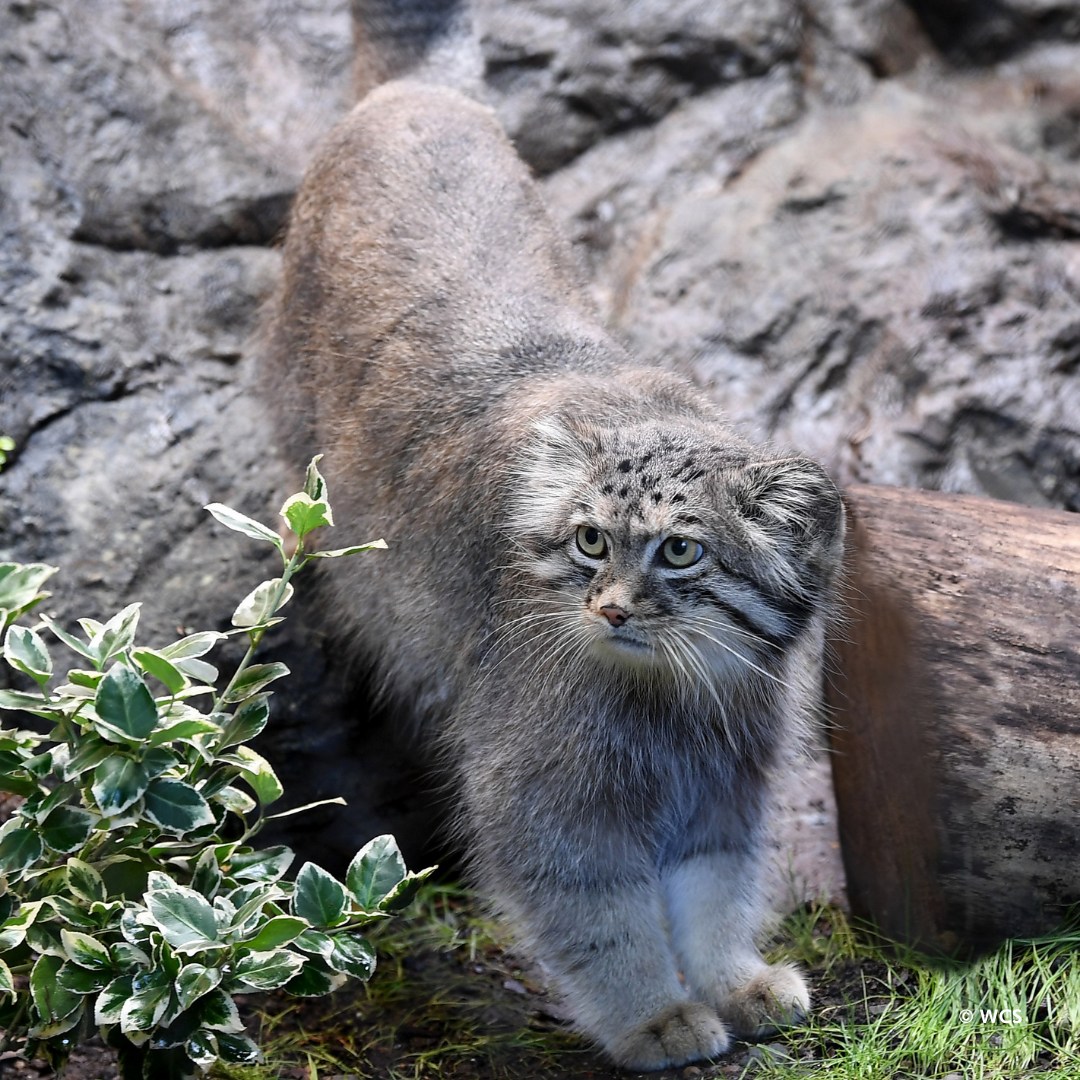- Explore the unique characteristics and behavior of Pallas cats and their significance within the ecosystem.
- Discuss the conservation and breeding efforts made by zoos, with a particular focus on the Prospect Park Zoo’s initiative.
- Highlight the wide geographical distribution of Pallas cats and their adaptability to diverse habitats.
- Delve into the celebration of International Pallas Cat Day and its role in raising awareness about small cat conservation.
- Provide information on how individuals can engage with and support conservation efforts for Pallas cats and other endangered species.
The Pallas cat, known scientifically as Otocolobus manul, is a captivating member of the feline family. These elusive cats, distinguished by their fluffy fur, round face, and stocky build, possess a unique set of characteristics that make them a subject of interest for zoologists and wildlife enthusiasts alike. They are famed for their dense coats, providing insulation against extreme cold, and their striking appearance, with a body length of approximately 18 to 26 inches and a weight ranging from 5 to 10 pounds, gives them a distinctive profile among wild cats.
Their habitat spans across the grasslands and steppes of Central Asia, covering areas such as Russia, Mongolia, and Iran, reaching up to the high altitudes of the Himalayas in places like Nepal and even Mount Everest. This wide geographical distribution is vital to their survival, allowing them to adapt to a variety of challenging environments. Pallas cats are solitary and elusive, with habits deeply intertwined with their rugged surroundings. Their ability to blend into rocky terrains and grassy slopes helps them avoid larger predators and hunt effectively. Their primary diet consists of small mammals like pikas and voles, highlighting their role as essential predators in balancing their ecosystem.
At the Prospect Park Zoo, a significant initiative has unfolded—one that plays a crucial role in the species’ survival. Since 2019, the zoo has been home to a young pair of Pallas cats acquired for a breeding program. This effort is more than a means of increasing population numbers; it serves as a platform for education and awareness. The zoo focuses on showcasing endangered small cats, making it an essential part of their mission to promote conservation. By exhibiting these cats and participating in breeding programs, the zoo contributes to the global efforts of conserving not just Pallas cats but also other small felines that face similar threats.
Zoos like Prospect Park Zoo are at the forefront of conservation efforts, providing genetic diversity through carefully managed breeding programs. These initiatives are vitally important given the fragmented and declining populations in the wild. Through collaboration with conservation organizations, zoos can facilitate research to better understand these cats’ biology and ecology, thereby ensuring that the strategies for their conservation are data-driven and effective.
International Pallas Cat Day, celebrated annually, puts a spotlight on these fascinating felines, emphasizing their plight and the vital need for conservation strategies. The day is marked by activities that aim to educate the public about the challenges faced by Pallas cats, such as habitat loss, climate change, and human encroachment. By raising awareness, this day also serves as a call to action for conservation enthusiasts to partake in initiatives that support wildlife conservation.
The adaptability of Pallas cats across various habitats is a testament to their evolutionary success, yet this adaptability is being challenged by rapid environmental changes. Habitat loss due to agricultural expansion and mining activities poses significant threats to their survival. On International Pallas Cat Day, educational events and campaigns stress the importance of preserving natural habitats and mitigating human impact. These measures are essential for the survival of Pallas cats and can be achieved through legislative support, land protection, and sustainable practices.
Engagement in conservation activities extends beyond zoos and special events. Individuals can contribute by supporting organizations dedicated to wildlife conservation, volunteering in local conservation projects, or adopting sustainable living practices that reduce their environmental footprint. Collaboration with local communities in Pallas cat habitats is crucial, as their involvement can lead to sustainable coexistence and protection efforts.
Understanding the Pallas cat’s behavior and needs is essential for effective conservation. Research efforts continue to reveal insights into their elusive lifestyle, offering guidance on how best to protect these animals in the wild. Modern technology, like camera traps and satellite telemetry, enhances the ability to monitor their populations and movements, providing invaluable data for conservationists.
Happy International Pallas Cat Day is not just a celebration but a reminder of the responsibilities we share in preserving the planet’s biodiversity. By learning about these remarkable cats and participating in conservation efforts, individuals can make a tangible difference in the future of Pallas cats and many other threatened species. The collaborative effort between zoos, conservation organizations, and the public is pivotal in creating a world where wildlife and humans thrive in harmony.
*****
Source Description
Happy International Pallas Cat Day! The zoo is home to two Pallas cats. Prospect Park Zoo has focused on exhibiting endangered small cats. In 2019, the zoo acquired a younger pair of Pallas cats for breeding. This species has a wide distribution, occupying parts of Russia, Mongolia, Iran, Nepal, and have even been spotted on Mount Everest! Visit today to learn more about these fascinating felines!


